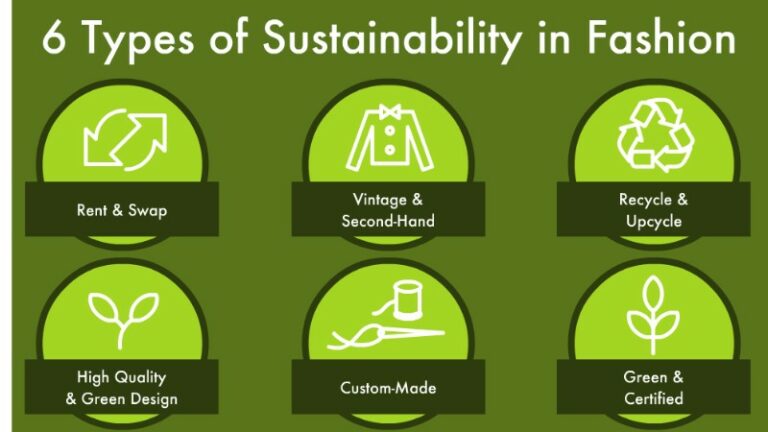What is an ecofriendly home?
In recent years, our planet has been facing many environmental challenges, including global warming, deforestation, pollution, and many others. As a result, people are becoming more conscious about the impact of their actions on the environment, and many are adopting eco-friendly lifestyles. One of the ways to help the environment is by living in an eco-friendly home. But what exactly is an eco-friendly home? In this guide, we will define an eco-friendly home, explain its benefits and provide tips on how to make your home more eco-friendly.
What is an Eco-Friendly Home?
An eco-friendly home, also known as a green home, is a house designed to be environmentally sustainable and energy-efficient. It is built using sustainable materials that reduce the carbon footprint of the home. Eco-friendly homes are designed to be energy efficient, with features such as solar panels, energy-efficient lighting, water-efficient fixtures, and appliances. These homes are also designed to reduce waste and pollution, by using non-toxic building materials and recycling rainwater.
Benefits of Living in an Eco-Friendly Home
Living in an eco-friendly home has many benefits, including:
Reduced energy bills: Eco-friendly homes are designed to be energy efficient, so they use less energy, which results in lower energy bills.
Improved air quality: Eco-friendly homes use natural materials that reduce toxic emissions, improving the air quality inside the home.
Healthier living: Eco-friendly homes are designed to use non-toxic materials, reducing the risk of indoor air pollution and related health problems.
Reduced carbon footprint: Eco-friendly homes are designed to reduce the carbon footprint of the home, helping to mitigate climate change.
Increased home value: Green homes are in high demand and can fetch a higher price if and when you decide to sell.
How to Make Your Home Eco-Friendly
There are many ways to make your home more eco-friendly, including:
Use energy-efficient appliances
Install solar panels
Use LED lighting
Install low-flow toilets and showerheads
Use non-toxic building materials
Improve insulation
Use programmable thermostats
Invest in energy-efficient windows
Reduce water waste by recycling rainwater and installing water filters
Eco-Friendly Home Design
When designing an eco-friendly home, the following factors should be considered:
Energy Efficiency: The design should be energy efficient, with proper insulation, natural ventilation, and energy-efficient lighting fixtures.
Sustainable Materials: The home should be built using sustainable and non-toxic materials, such as bamboo flooring, recycled plastic insulation, and low VOC (volatile organic compounds) paint.
Water Efficiency: The home should be designed to reduce water consumption through the use of water-efficient fixtures and recycling rainwater.
Renewable Energy: The home should use renewable energy, such as solar panels and wind turbines, to generate electricity.
Conclusion:
In conclusion, an eco-friendly home is a house designed with environmental sustainability and energy efficiency in mind. By adopting eco-friendly practices and designing a green home, you can help reduce your carbon footprint, reduce your energy bills, and improve the air quality inside your home. With the right design and materials, your eco-friendly home can also increase its value on the market. So, whether you’re building a new home or remodeling an existing one, don’t wait to create an eco-friendly home that provides you with a healthier, more comfortable, and sustainable lifestyle.

